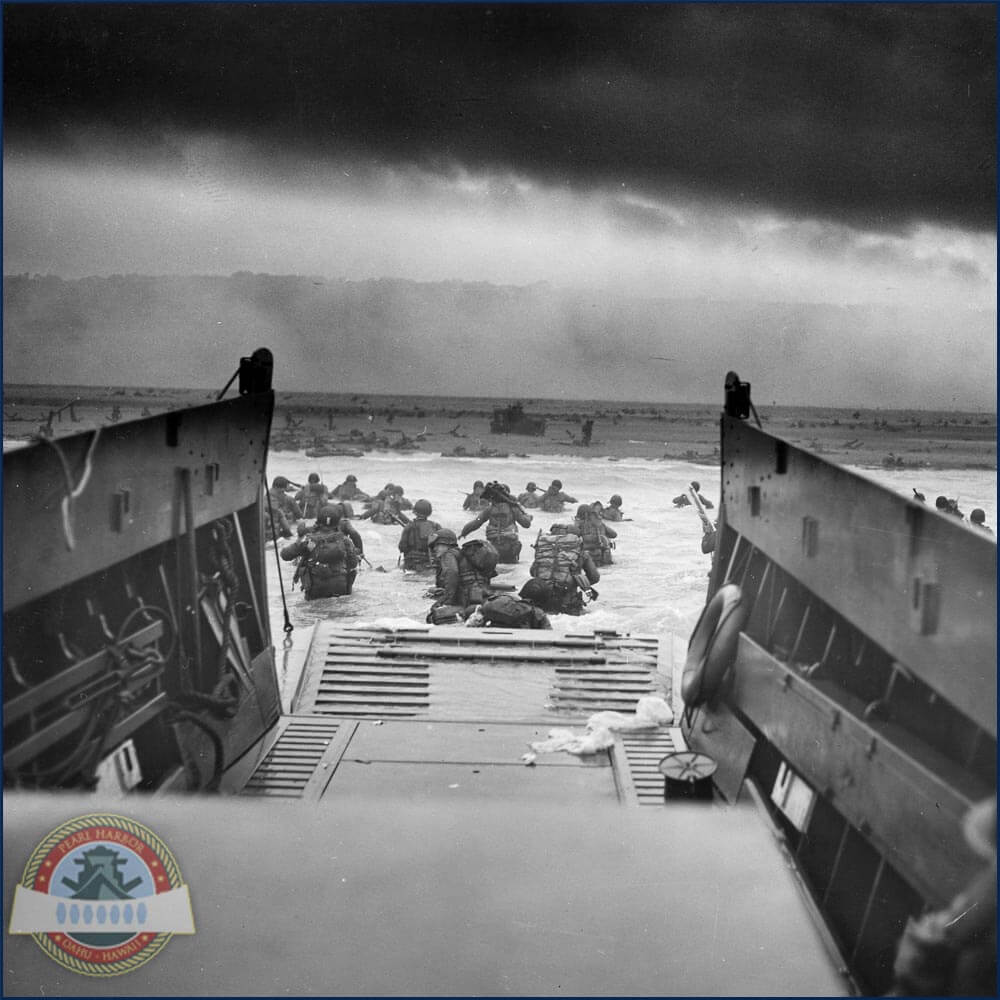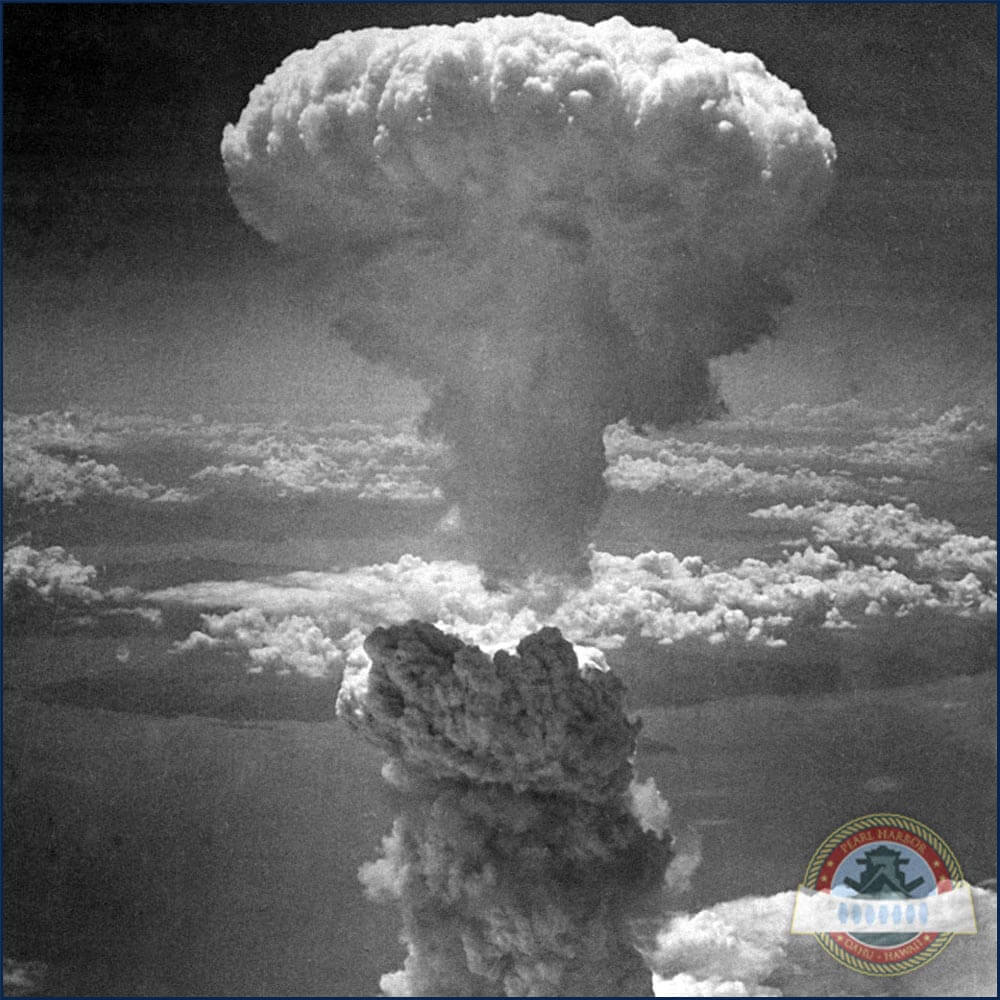How Did the Allies Win WWII?
From September 1st, 1939 to September 2nd, 1945, most of the world was engaged in a large-scale skirmish that claimed the lives of over 60 million people. The two warring factions, the Allies and the Axis, fought many bloody battles, pushing hard against one another, exhausting resources and men until one side was left with no fight in them. Widely considered the “bad guys” of the war, the Axis powers, despite their persistence, were unable to overcome the Allied forces and by 1945 were forced to surrender.
Was the Allied victory just pure luck or the effect of a stronger military force? Let's take a moment to explore how and why the Axis forces fell, putting an end to the devastating 6-year conflict.
Military Power
With a force of just over 30 million servicemen, the Axis powers, composed mainly of German, Japanese, and Italian soldiers, found themselves incredibly outnumbered, but would that have been enough for the Allies to take the victory? Though the Soviet Union outnumbered the German forces by nearly 12 million men and women, it wasn’t the size of its military that crushed the opposing side. In fact, as hard as they fought against the Third Reich, if not for United States involvement and aid things might have taken a different turn.
The question of whether Japan contributed to their own defeat by involving American troops can be posed, and while the United States came two years late into the skirmish, it provided valuable support that shifted the tide of the war, including aerial forces that would prove a big step toward victory.
The Allied Offensives
In 1943, the United States and the United Kingdom launched a controversial attack on Germany known as the Combined Offensive. While some claim the attack was a failure in crippling German forces, the bombings forced Germany’s hand in ways that only benefited the Allies. The offensive forced a diversion of German forces and aided in muddying the Third Reich’s strategies.

A year after the Combined Offensive was launched, Allied troops stormed the beaches of Normandy, France. Despite being faced with German forces that initially had the upper hand, the Allies claimed the beach and from there, pushed further into France’s interior. The German defeat at Normandy was the worst it had faced yet, between heavy casualties and the loss of vital territory.
The Bombs
On May 7th, 1945, a week after Adolf Hitler committed suicide in Berlin, Germany surrendered and bowed out of the war. While it was a monumental victory for the Allies, there was still a tenacious and commanding army still waging war against the Allies: Japan. The struggle between the United States and Japan began in 1941, with the bombing of Pearl Harbor, and ended just under four years later, in the most destructive way imaginable.

On August 6th, 1945, the United States took drastic action against Japan by dropping an atomic bomb on the city of Hiroshima, followed three days later by another on Nagasaki. The devastation left Japan in turmoil, forcing a surrender less than a month later. On September 2nd, 1945, officials from both sides stood on the deck of the USS Missouri and finalized Japan’s surrender, the Allied victory, and the end of World War II.
History still stands at Pearl Harbor with the Battleship Missouri, where you're able to stand on the deck where the documents were signed.







